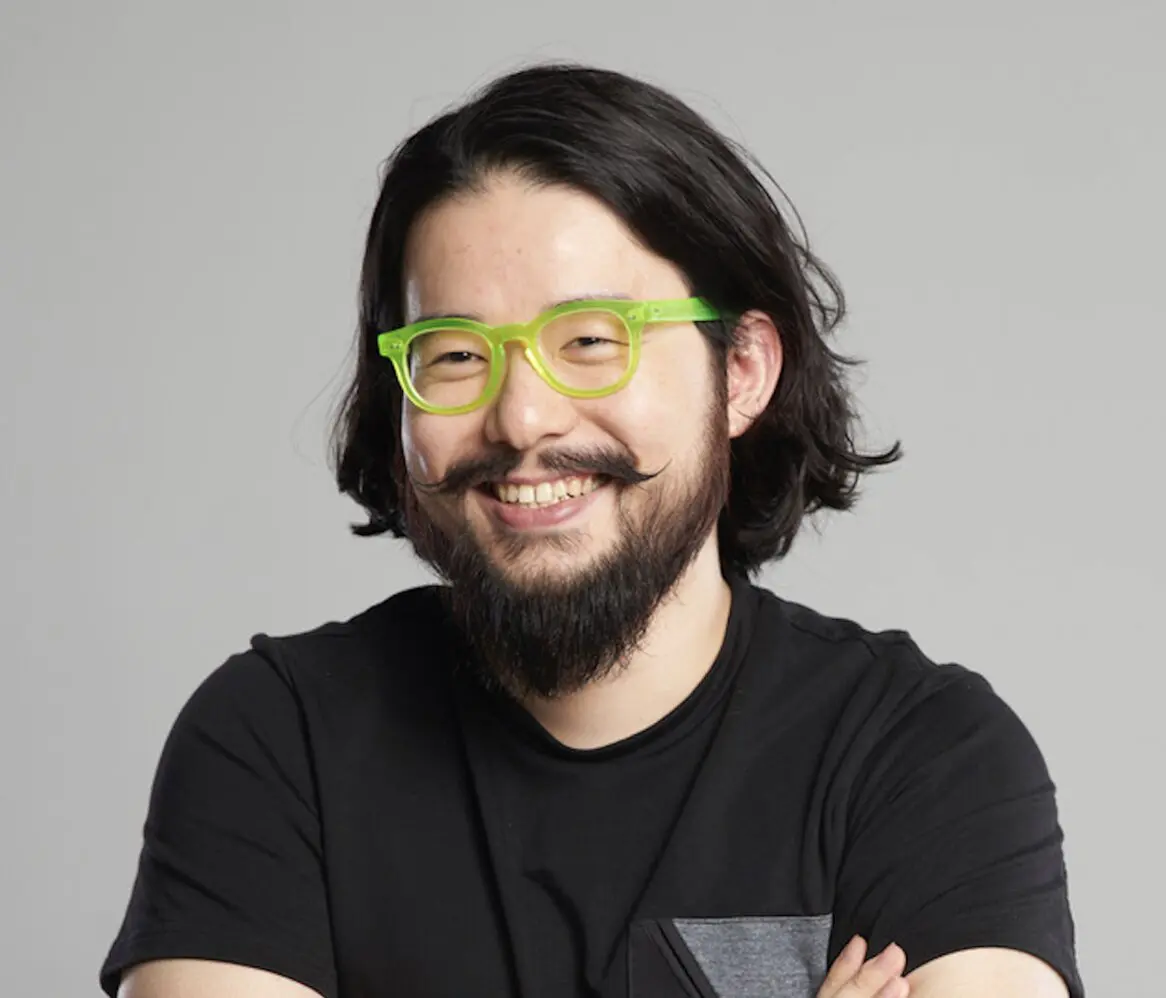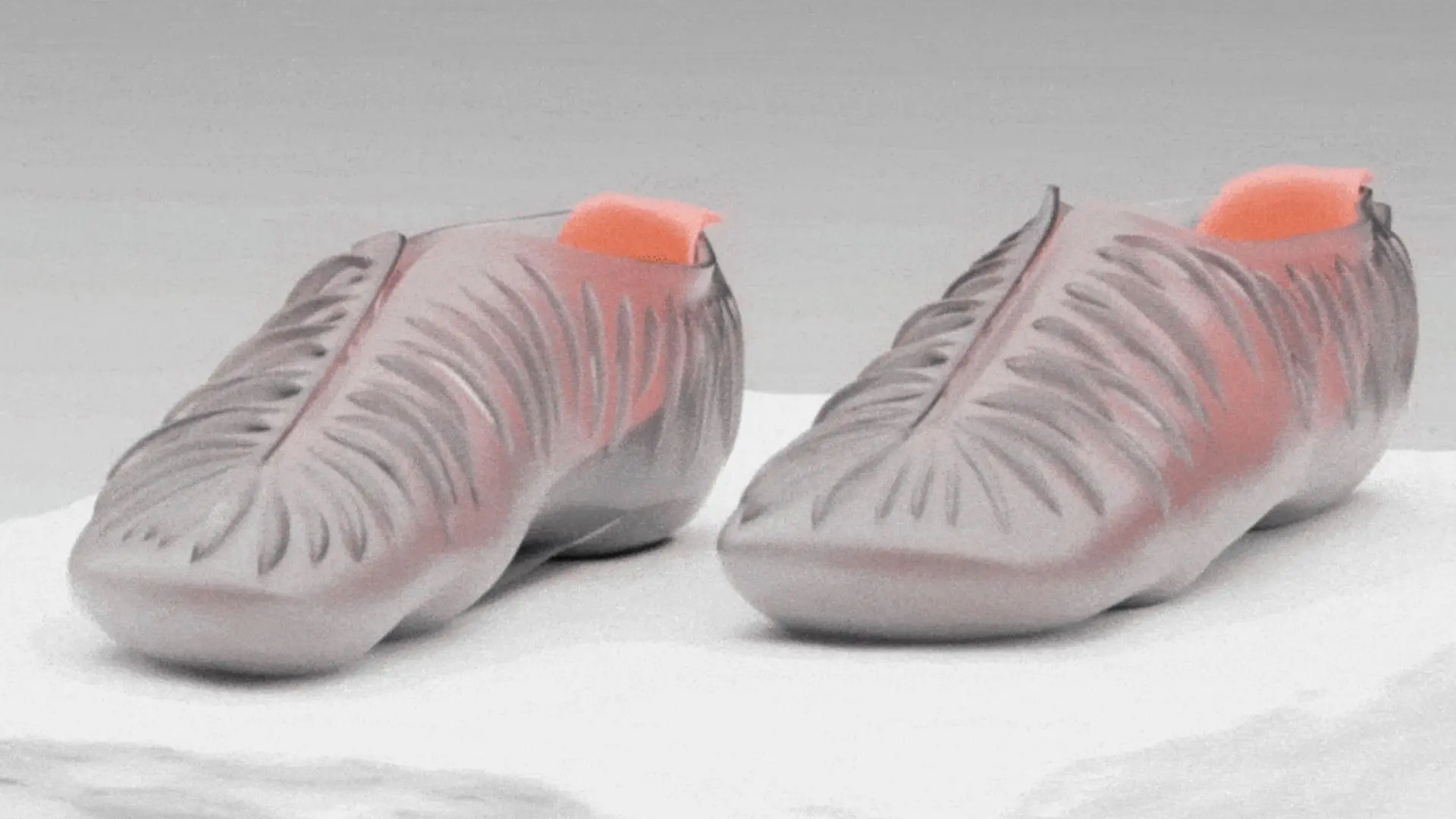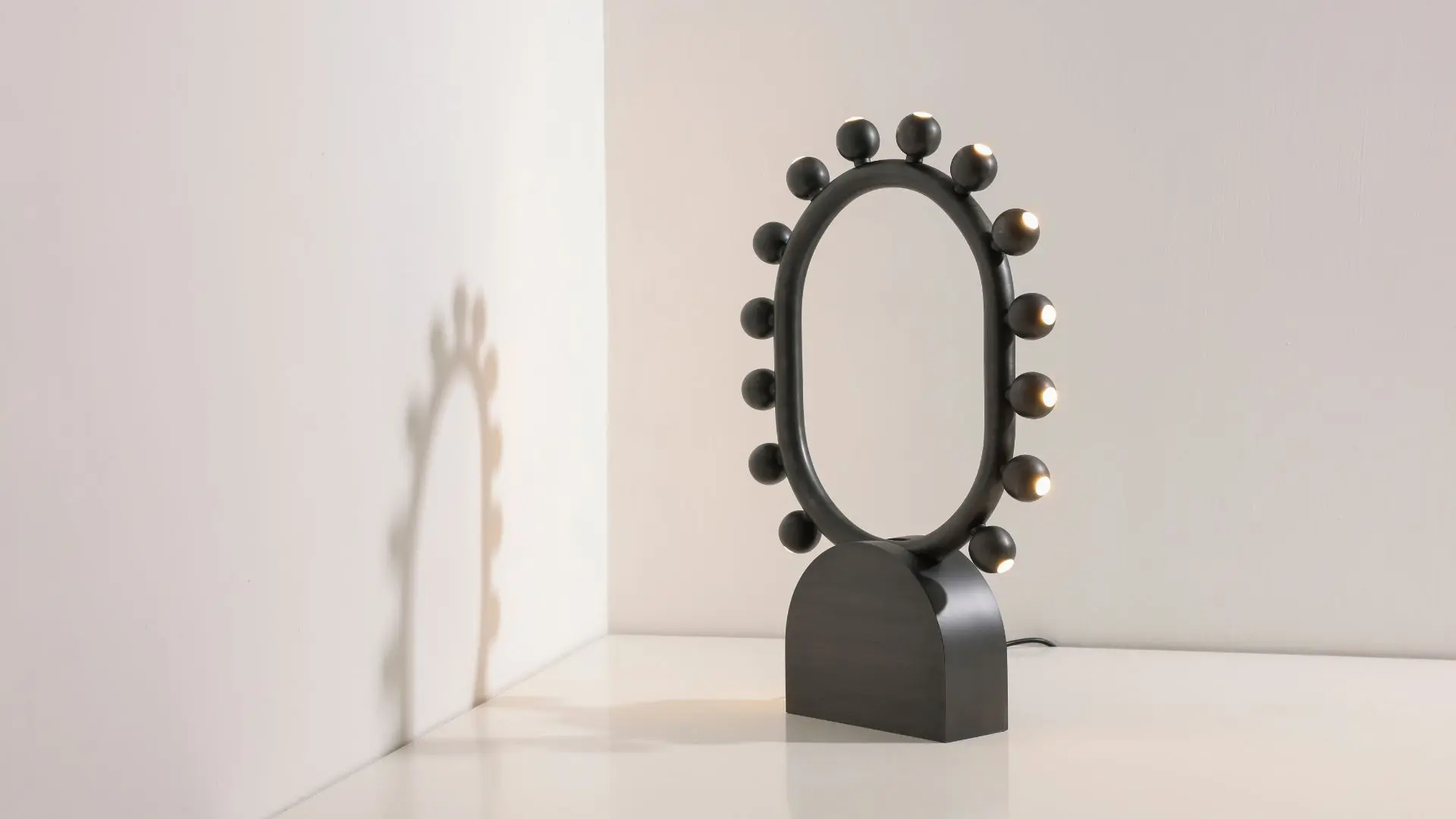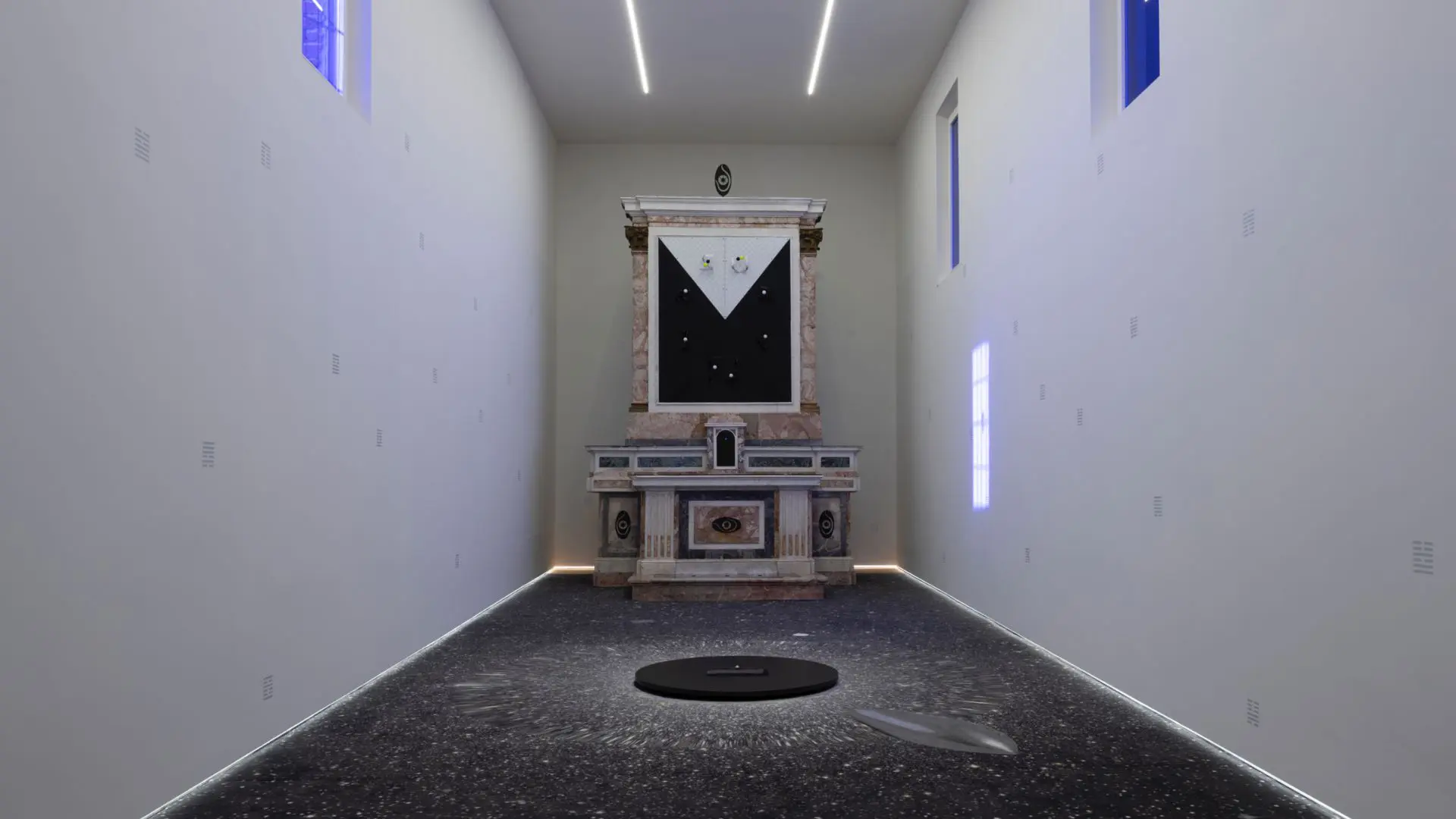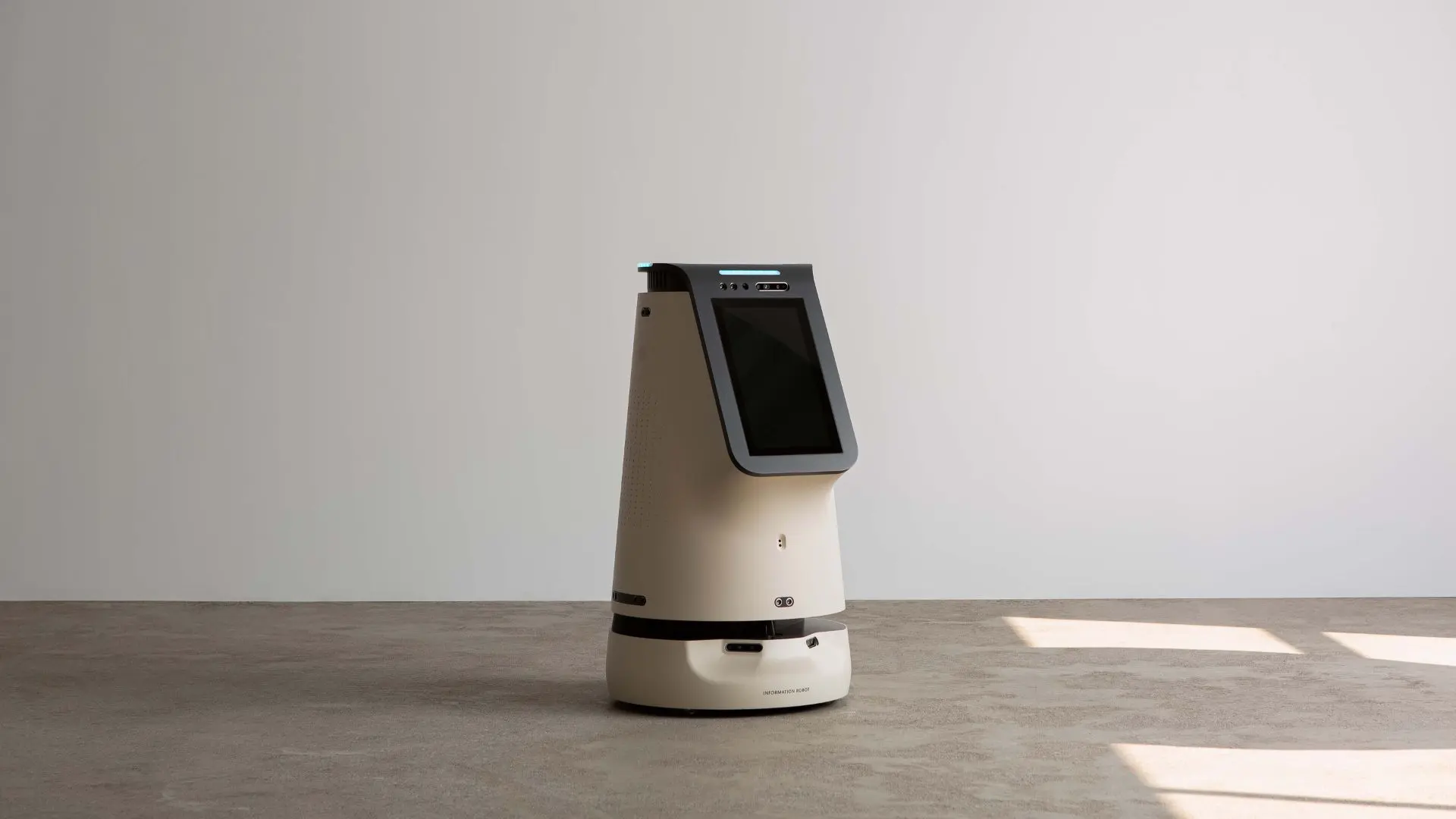Beyond simplicity: adequate technology for exceptional design
What is the relationship between adequate technology and human behavior?
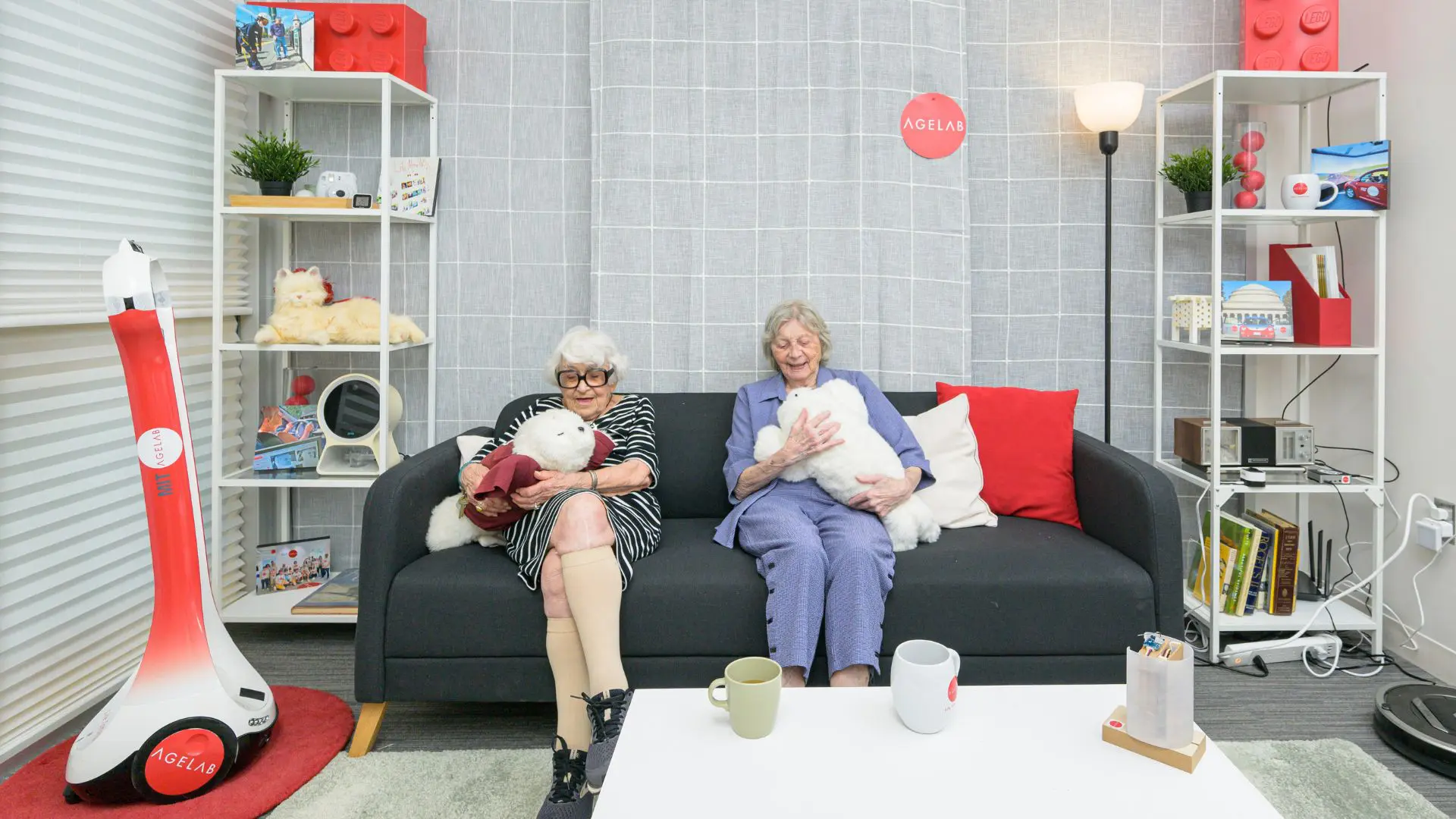
When I worked at IDEO, I spoke with a few colleagues from IDEO.org who introduced me to the term “appropriate technology.” This concept refers to a movement that promotes sustainable, labor-intensive solutions tailored for small-scale communities.
The term “appropriate technology” can trace its origins to economist E. F. Schumacher’s book Small Is Beautiful: A Study of Economics As If People Mattered (1973), which advocates for small-scale, contextually appropriate technologies, policies, and governance as a preferable alternative to the mainstream “bigger is better” mindset.
I prefer the term “adequate technology,” which I interpret as a conscious approach to design—one that avoids over-reliance on technology for its own sake.
The term “adequate” can suggest that designers and engineers need to carefully consider environmental constraints (such as climate and geography), limited resources (including time and labor costs), sustainable business strategies (such as system maintenance and modular design), inclusive cultural aspects (like community rituals and humanity-centered design landscape), and other less visible social and economic factors.
Ideally, adequate technological solutions can be customized to effectively meet people’s needs and address their concerns without unnecessary excess or waste. I envision essential solutions and needs synergizing to create a new, dynamic, and systematic balance.
However, this approach has potential downsides, such as challenges in scalability that demand strategic design adaptations to expand influence, as well as resistance from stakeholders or investors who prioritize profitability.
The selection of the material can also reflect the notion of adequate technology. For example, Professor Guy Hoffman, his team at Cornell University, and Google developed Blossom, an entirely soft robot designed for companionship and sustainability (Figure 1).

Crafted using traditional techniques, Blossom features a wooden frame and a hand-knitted wool exterior, prioritizing natural materials over conventional plastics, glass, and metal in home robotics. The design emphasizes warmth and tactility while allowing for personalization: users can knit new exteriors and attach handcrafted components, making each Blossom robot uniquely their own.
In this article, I explore the relationship between adequate technology, human behavior, and design through the following three dimensions:
Adequate technology – three dimensions
Balancing complexity and warmth in design
Adequate technology doesn’t mean simplistic technology. On the contrary, it provides designers and engineers with broader considerations and criteria for making informed decisions about product design, manufacturing, business strategies, service models, and holistic user experiences.
Similarly, simplicity in design doesn’t equate to a lack of complexity. When Steve Jobs and Jony Ive led Apple’s design team, their products embodied deeply considered design philosophies—such as the magnetic charging connector and the subtle “breathing” light on laptops—demonstrating how thoughtful simplicity can enhance both functionality and user experience.
This raises an important question: how can we deliver design solutions infused with a sense of human warmth and empathy? I was reminded of this during a recent flight (Figure 2). While traveling with United Airlines from Boston to Houston, I noticed that the screen in front of my window seat displayed a generic greeting: “Welcome 22C.”
In contrast, when I flew with JetBlue or entered my room at Hilton for the first time, I was greeted personally by name on the screen: “Welcome, Sheng-Hung Lee.”

Another similar example is the unique Starbucks name experience. Did the barista spell your name correctly on the coffee cup sleeve, or did they misspell it (Figure 3)? How did that make you feel?
This small difference highlights how a deeper understanding of human needs can transform ordinary interactions into more meaningful and elegant experiences. Indeed, the most refined designs often emerge from a profound appreciation of human values and emotions.

The dual edge of technology in design iannovation
Technology serves as a powerful catalyst for design innovation. In the realm of academia, universities have introduced design programs that integrate technology to enhance learning and creativity.
For instance, the University of Michigan’s Taubman College of Architecture and Urban Planning launched its Bachelor of Science in Urban Technology in 2020, while Cornell University established its Department of Design Tech in 2022. This emerging trend of blending technology with design and related disciplines is both intriguing and promising.
However, the relationship between technology and design can be likened to a double-edged sword. It is easy to swing between extremes—focusing solely on technology or exclusively on design. When companies or R&D departments concentrate only on technological advancements, they often overlook users’ needs until the later stages of the product design process. Yet this imbalance can sometimes ignite breakthrough innovations.
A notable example is Google Glass, developed by Google X in 2013. Designed to serve as a ubiquitous computing device, it provided information through a heads-up display to the wearer. While its potential applications in fields like surgery and communication were groundbreaking, privacy and safety concerns quickly emerged for everyday users. The ability to record videos or take photos discreetly raised ethical issues about consent and surveillance (Eveleth, 2018).
Conversely, an overly design-centric approach without a clear understanding of user needs can result in impractical products or unnecessarily complex services. A friend recounted a story about visiting Naoto Fukasawa, a world-renowned industrial designer, to collaborate on a line of stationery. During their meeting, Fukasawa posed a thought-provoking question: Were they creating stationery or just another “souvenir”?
This underscores the delicate balance between human-centered design and practical functionality. His philosophy of timeless design—one that transcends space, trends, and technology—is explored in his book, Super Normal: Sensations of the Ordinary (2007), coauthored with Jasper Morrison.
Fukasawa’s works and philosophy inspire me to reflect on the value, challenges, and applications of adequate technology in the field of design.
Adequate technology intersects with LongevityTech
LongevityTech (Lee and Hodara, 2024) encompasses a range of technologies and innovations designed to enhance quality of life and extend healthy lifespans. It aims to improve health, wellness, and independence for aging populations by balancing high-tech advancements with high-touch, human-centered care. The ultimate goal is to enable people to live longer, healthier, and more fulfilling lives.
The concept of adequate technology aligns closely with LongevityTech, emphasizing informed decision-making within the constraints of resources (such as age and time), environmental factors (like country-specific policies), and human needs (including career choices and long-term goals), all while celebrating the quality of life.
At a strategic level, applying adequate technology often creates a tension between optimization and maximization. Designers and engineers need to carefully decide which aspects of a solution should maximize resources, investment, or time and which should be optimized to focus on what is truly essential. Effectively navigating this balance raises a crucial question: how can we better define and leverage what is “adequate”?
I believe that true high-tech solutions need also to involve high-touch considerations; the two are not opposites but are mutually inclusive. While high tech can represent skillful and precise execution, high touch embodies empathy, a deep understanding of human needs, and the ability to frame meaningful questions.
Ultimately, integrating both elements creates a continuous loop that fosters more comprehensive perspectives and leads to superior design solutions.
For instance, during my work on the longevity-friendly smart home research project with the MIT AgeLab team from 2019 to 2022, we considered design encounters and solutions across both tech and touch. This included exploring different types of companion robots, understanding older adults’ in-home behaviors and their relationships with family and caregivers, developing aging-in-place scenarios, designing a user-friendly control app interface, and even devising sustainable business models for longevity economics (Figure 4).

The goal is not to adopt the latest technologies for their own sake but to identify adequate technologies from both qualitative and quantitative research that can effectively meet the needs of care recipients, caregivers, and other essential service providers (such as medical and physical therapy professionals). Thus, human-centered design solutions and long-term strategies can be enhanced.
Designing with adequacy in mind
As technology continues to permeate every aspect of our lives, the concept of adequate technology serves as a reminder of the value of thoughtful, respectful, and human-centered design. At the same time, it is essential to acknowledge the potential limitations of this approach, such as challenges in scalability and conflicts with commercial interests.
The true challenge for designers is not just to innovate, but to innovate wisely. How can we balance the promise of technology with the humility of adequacy? By prioritizing genuine needs over unnecessary complexity, we can create solutions that are not only efficient but also meaningful and emotionally resonant.
References:

